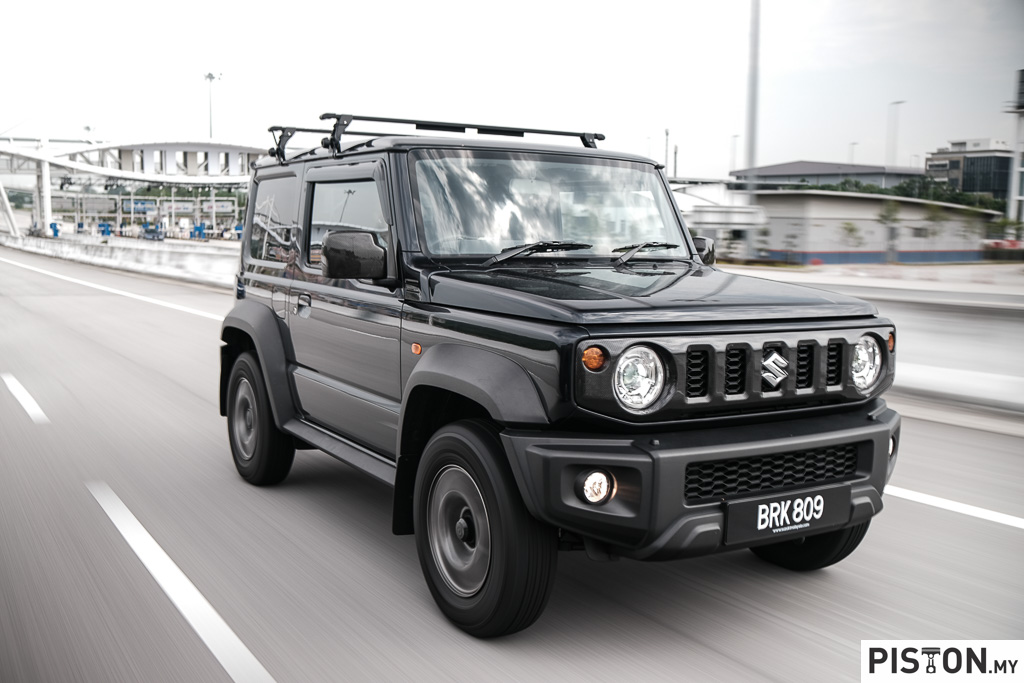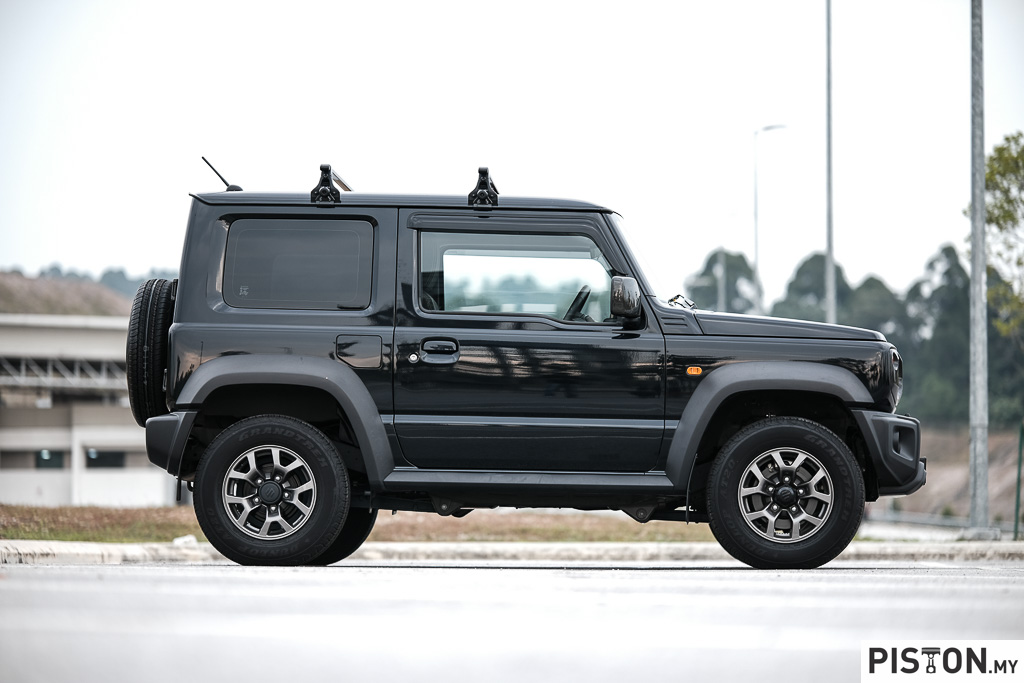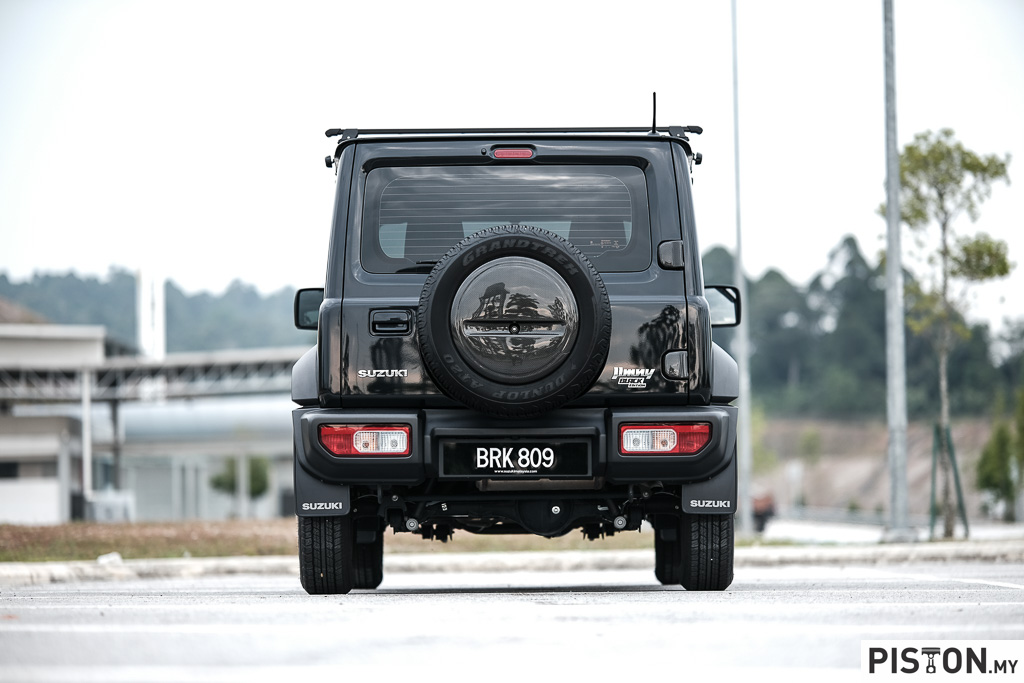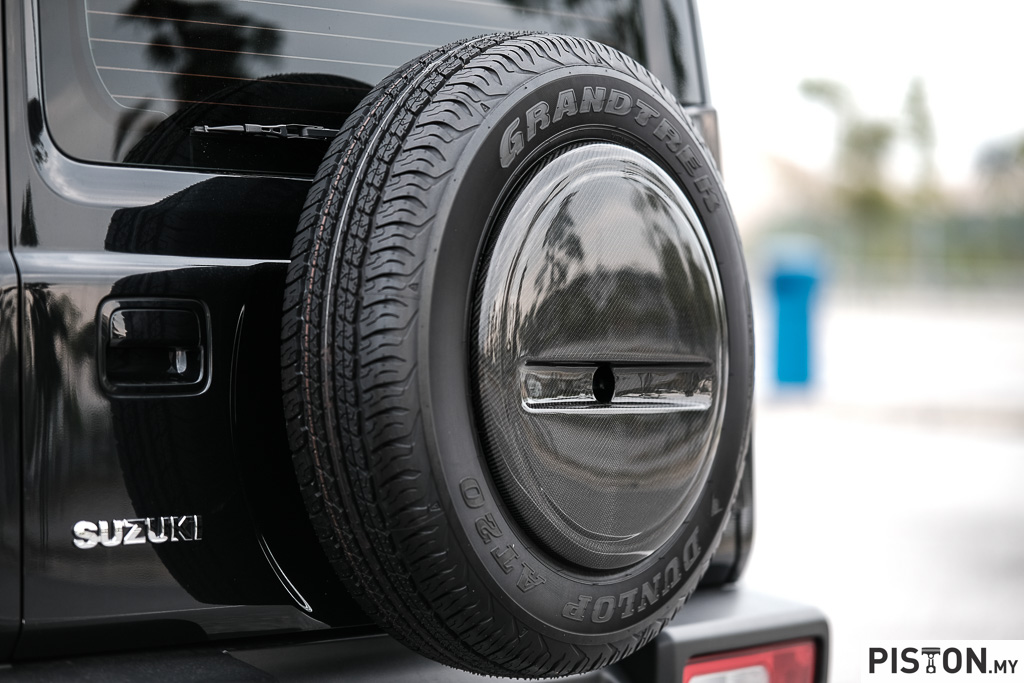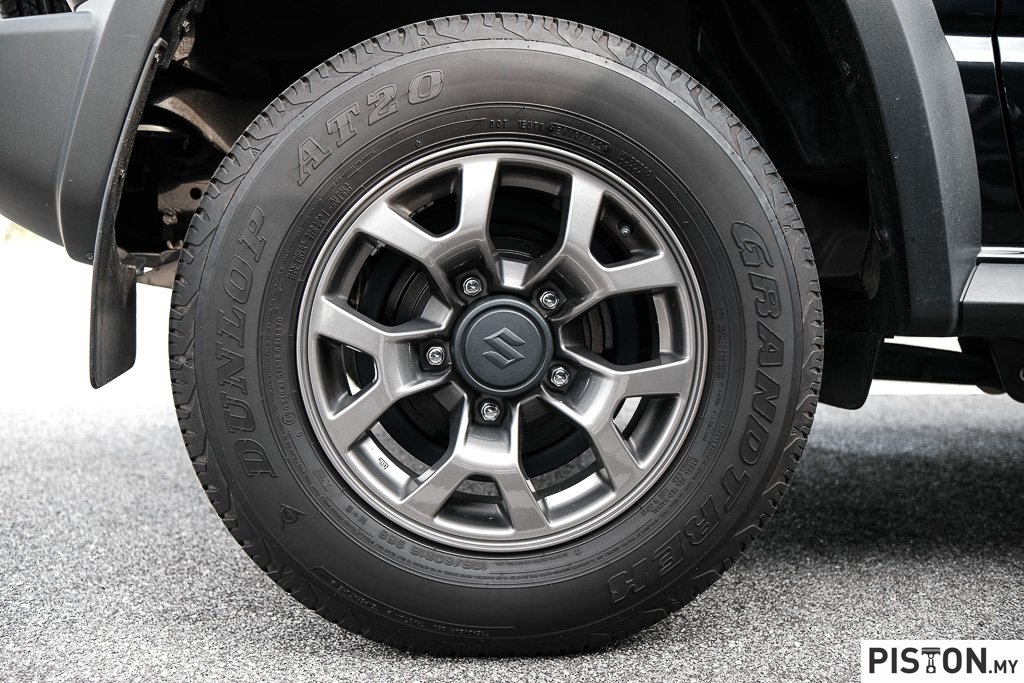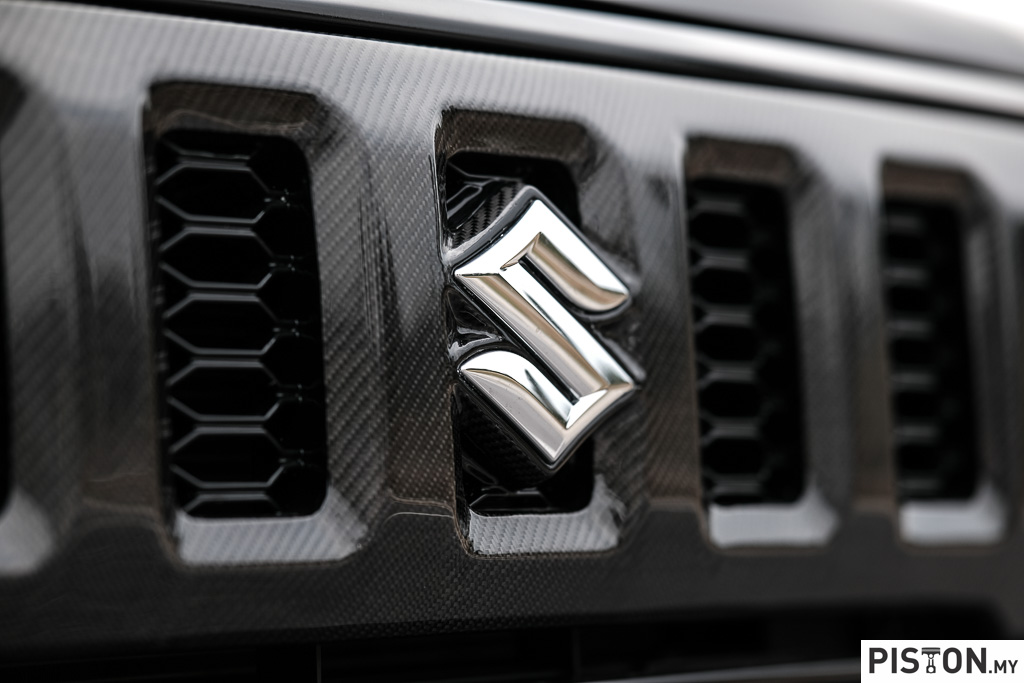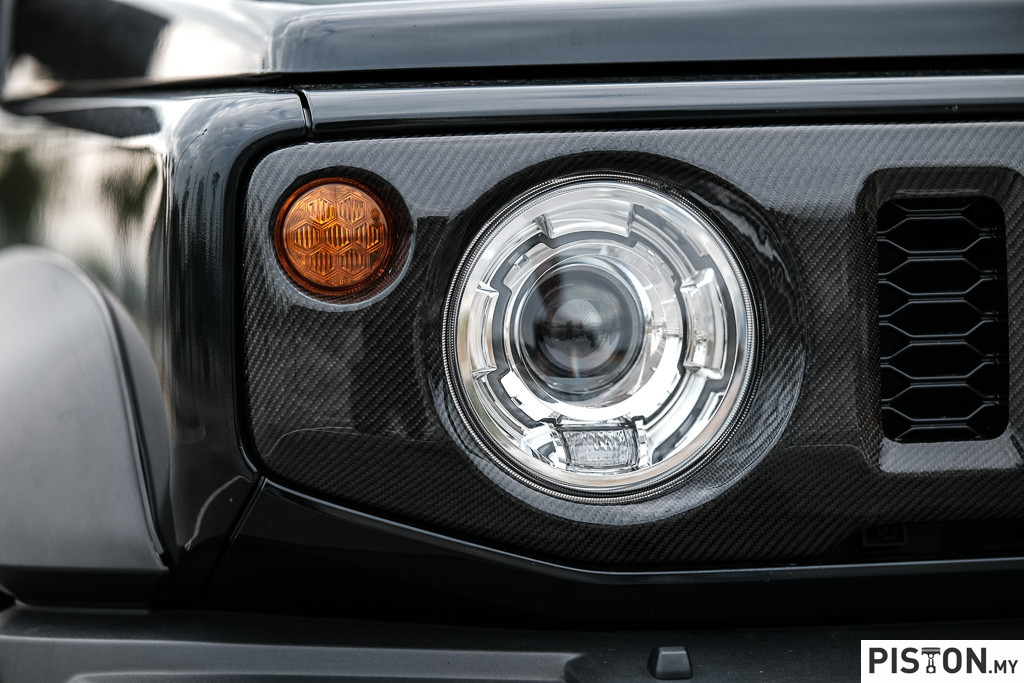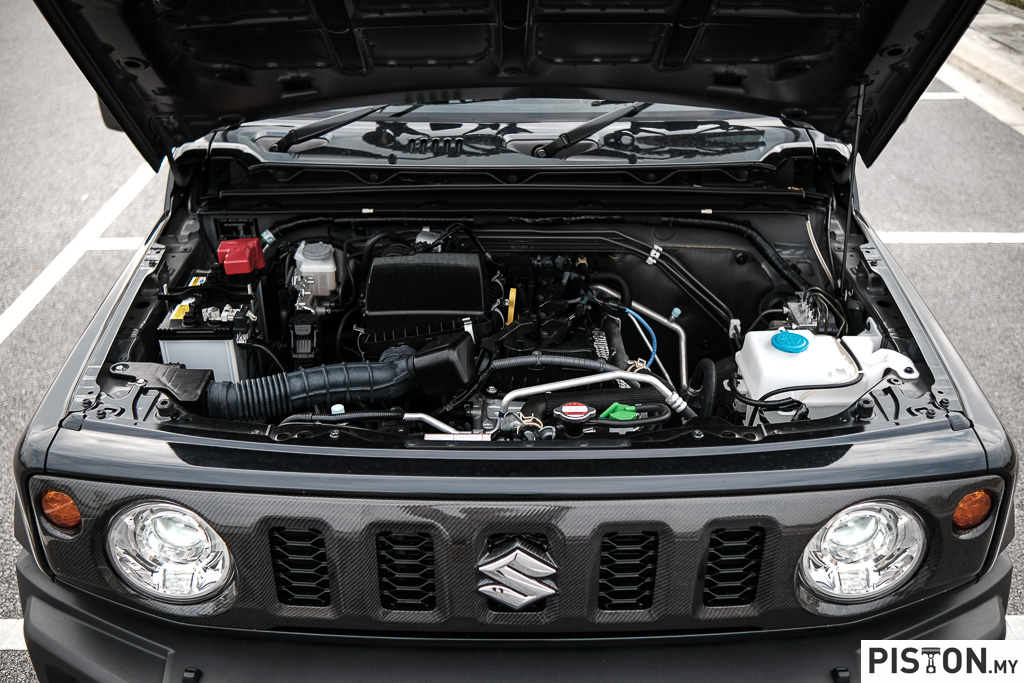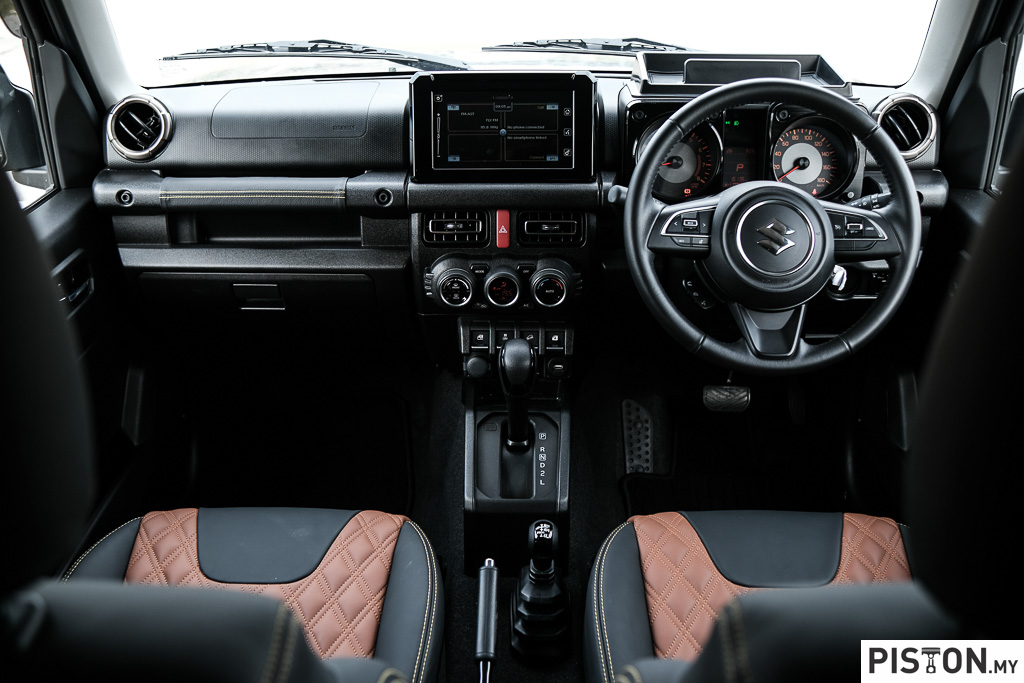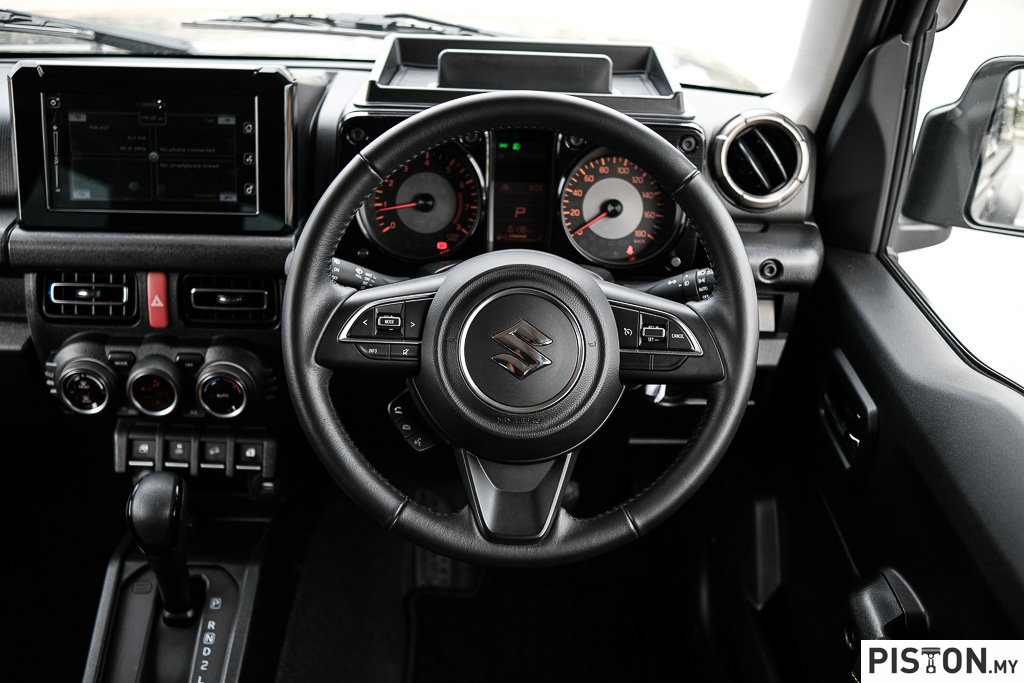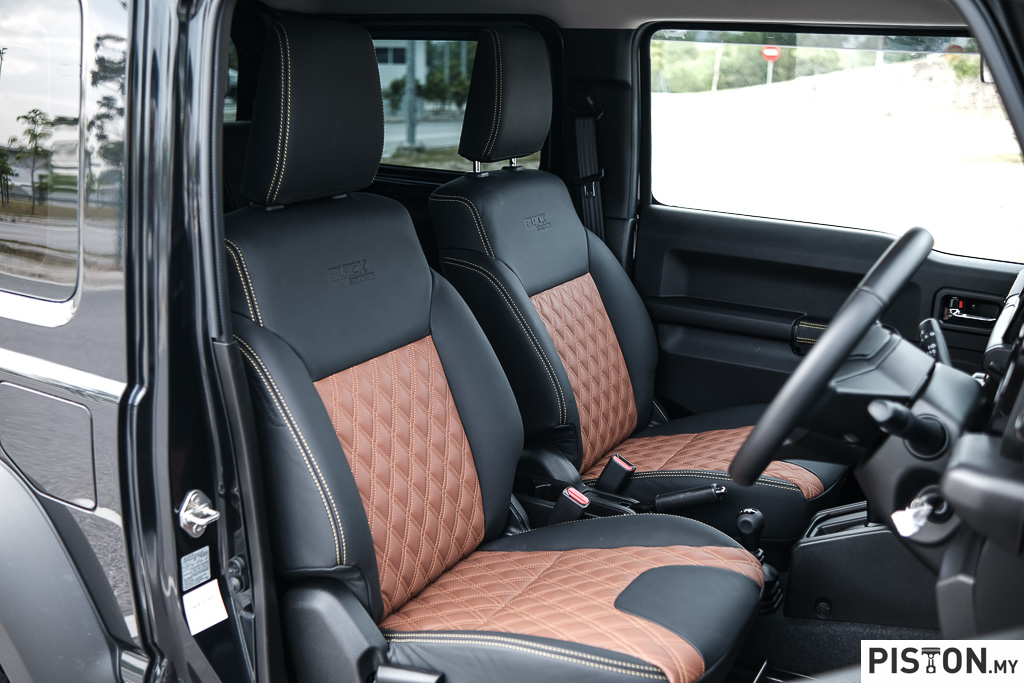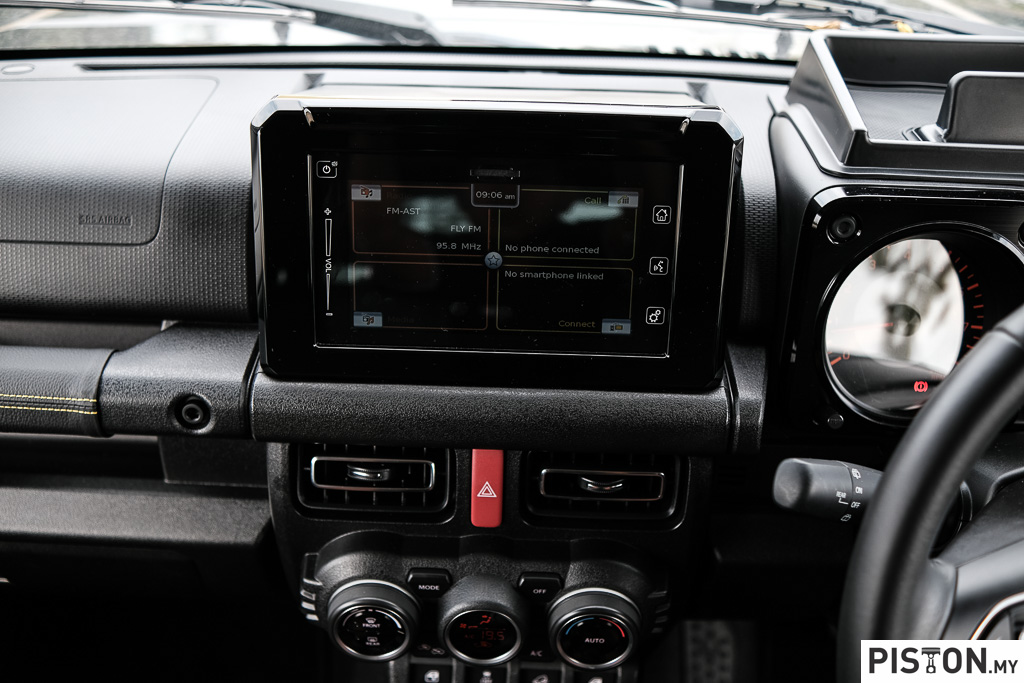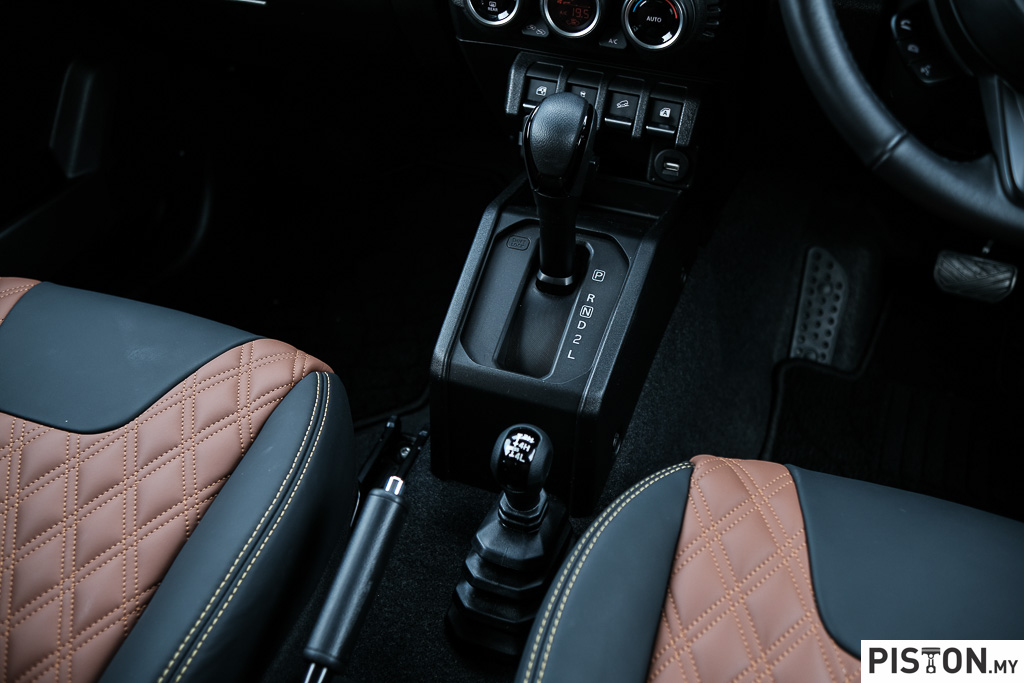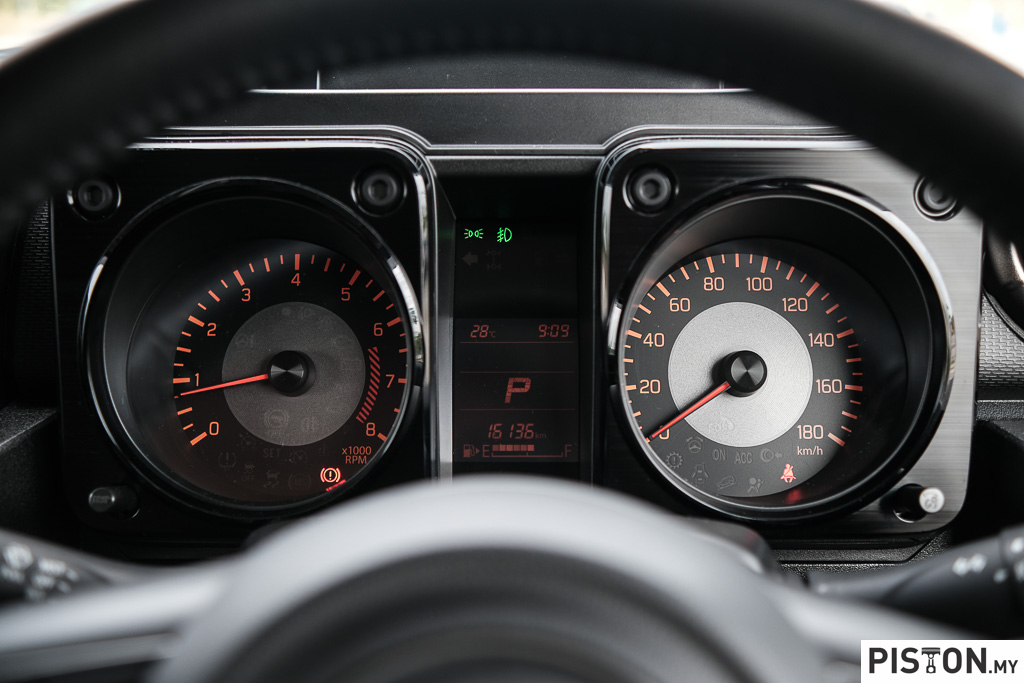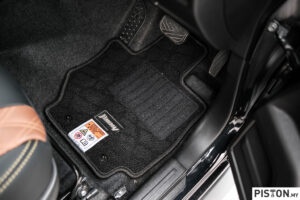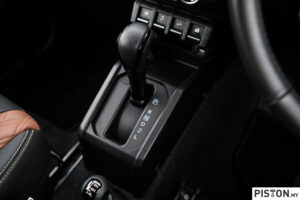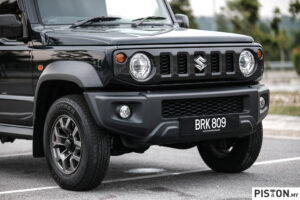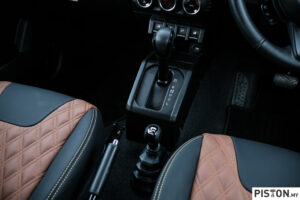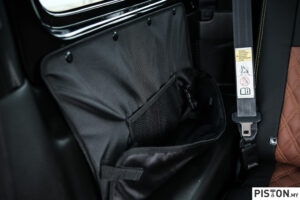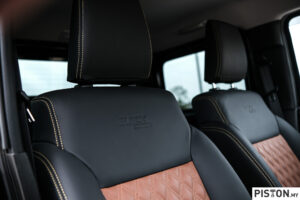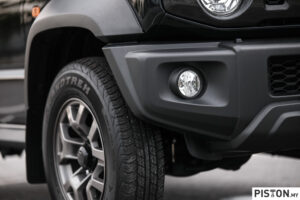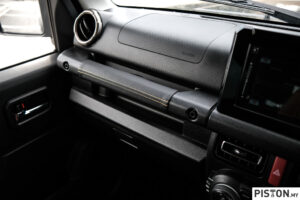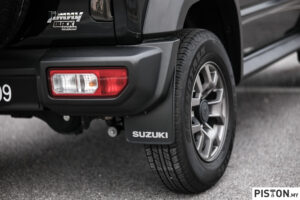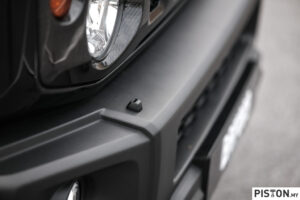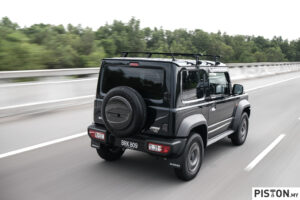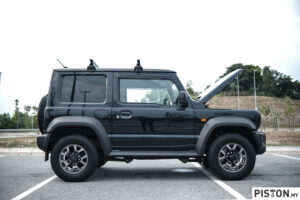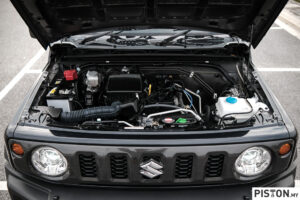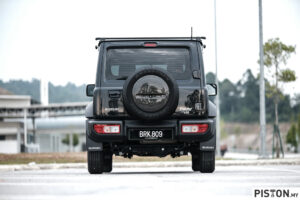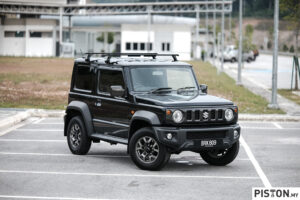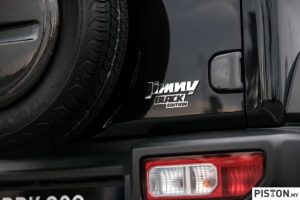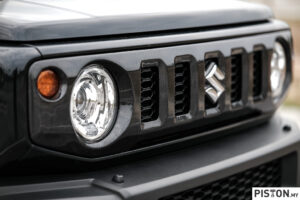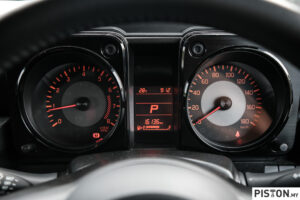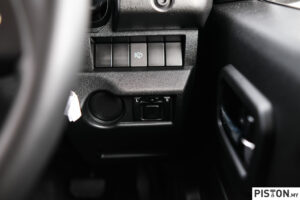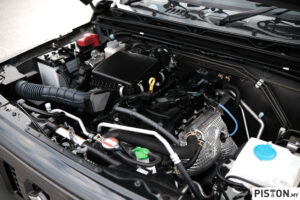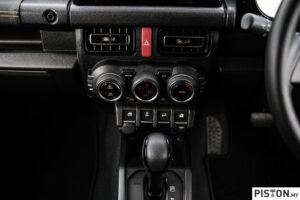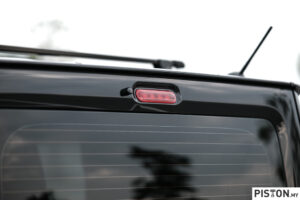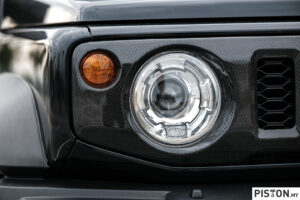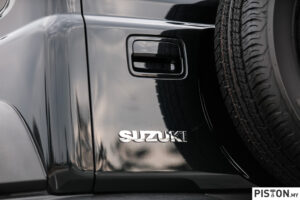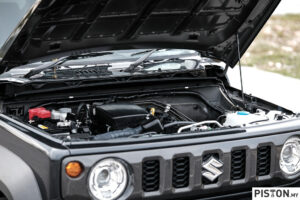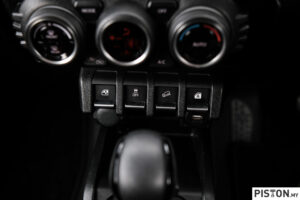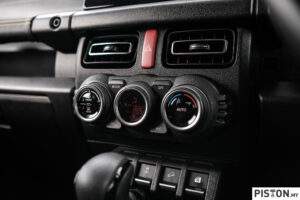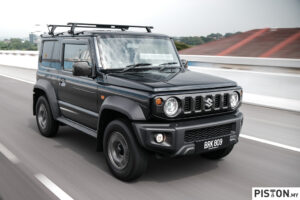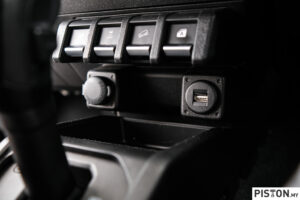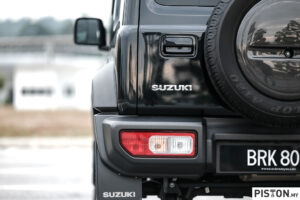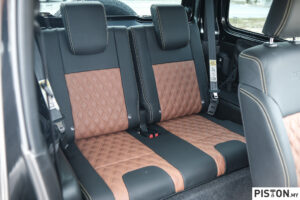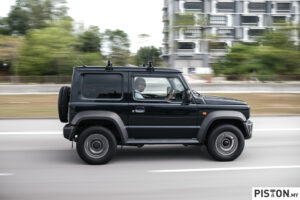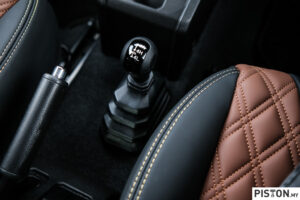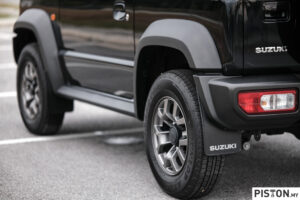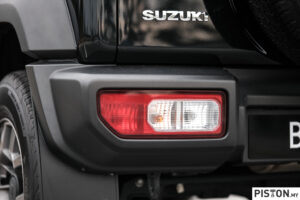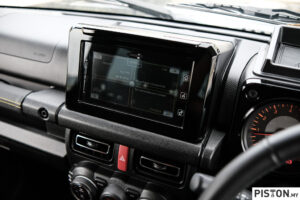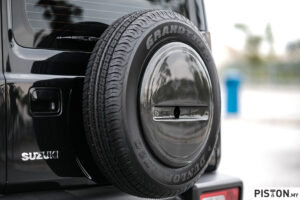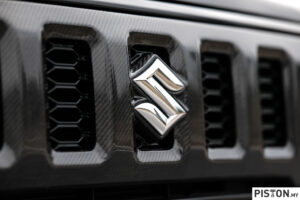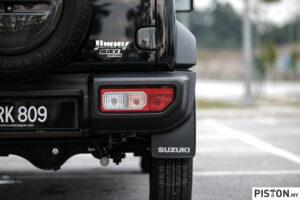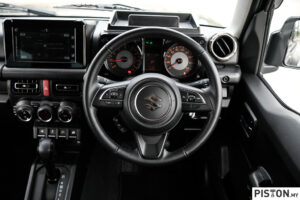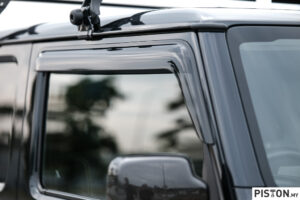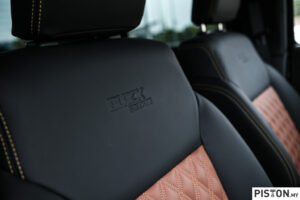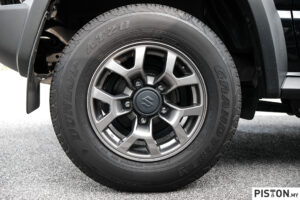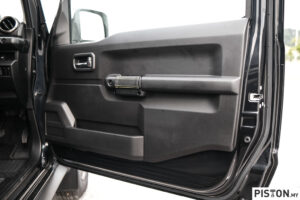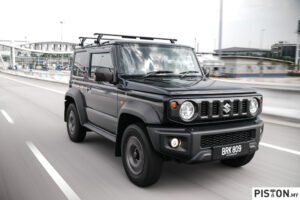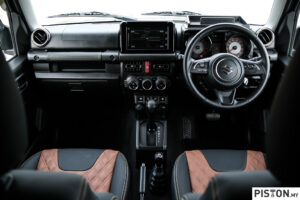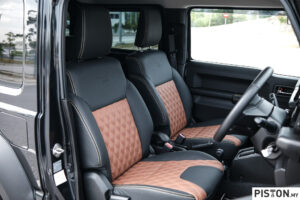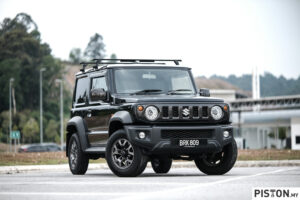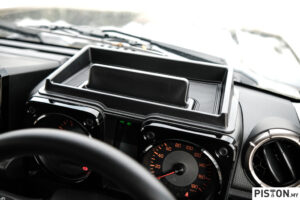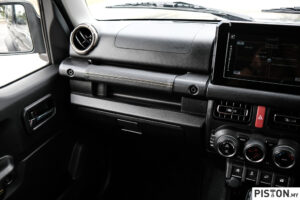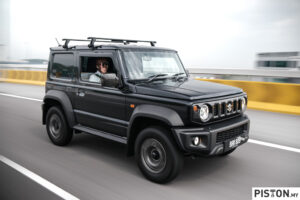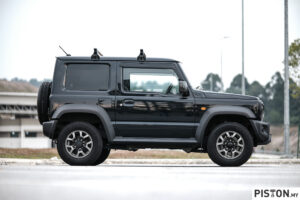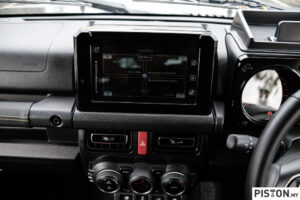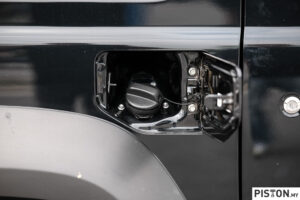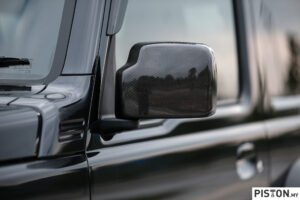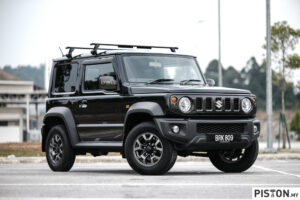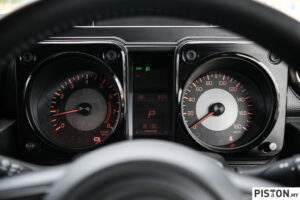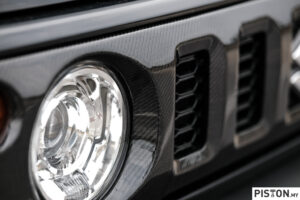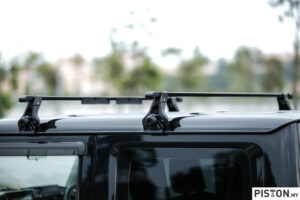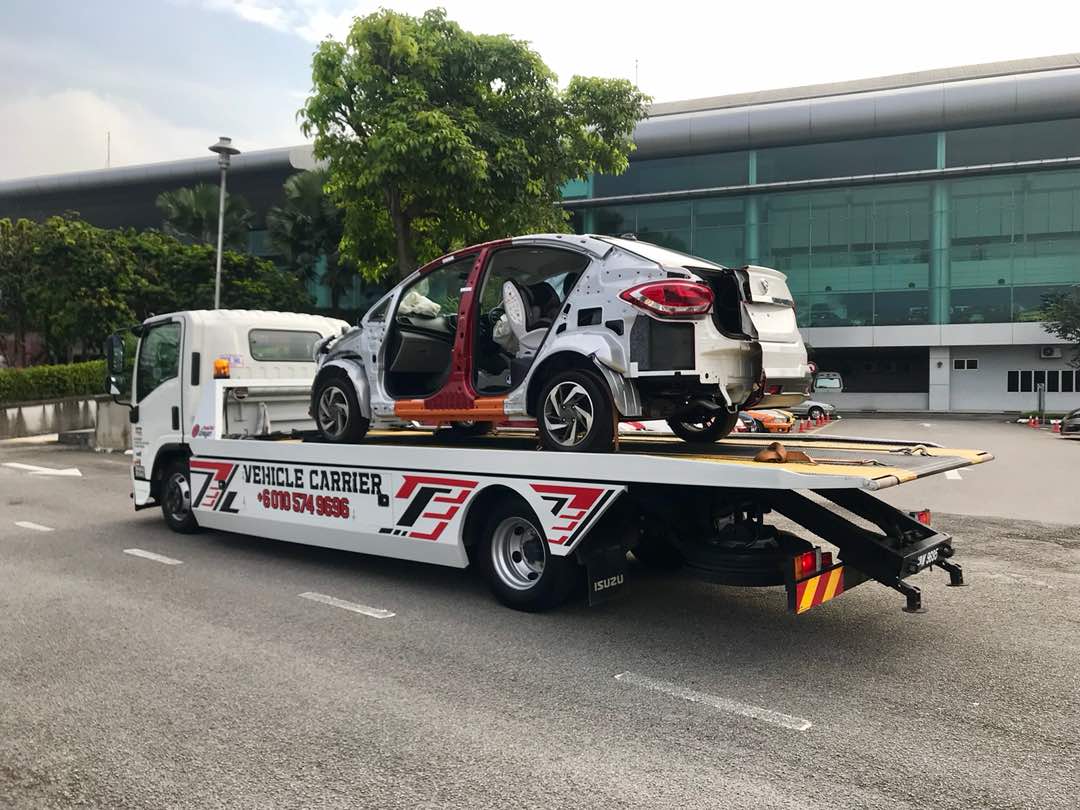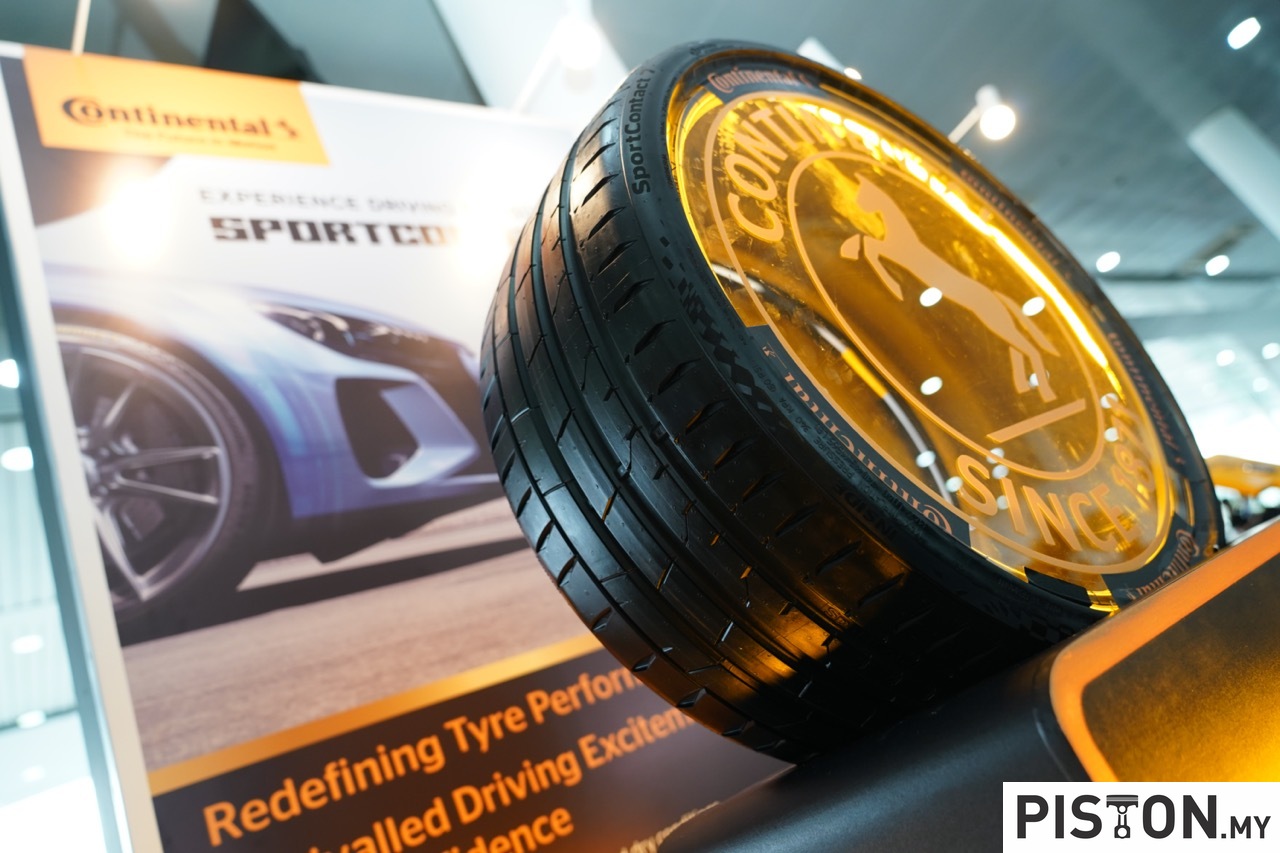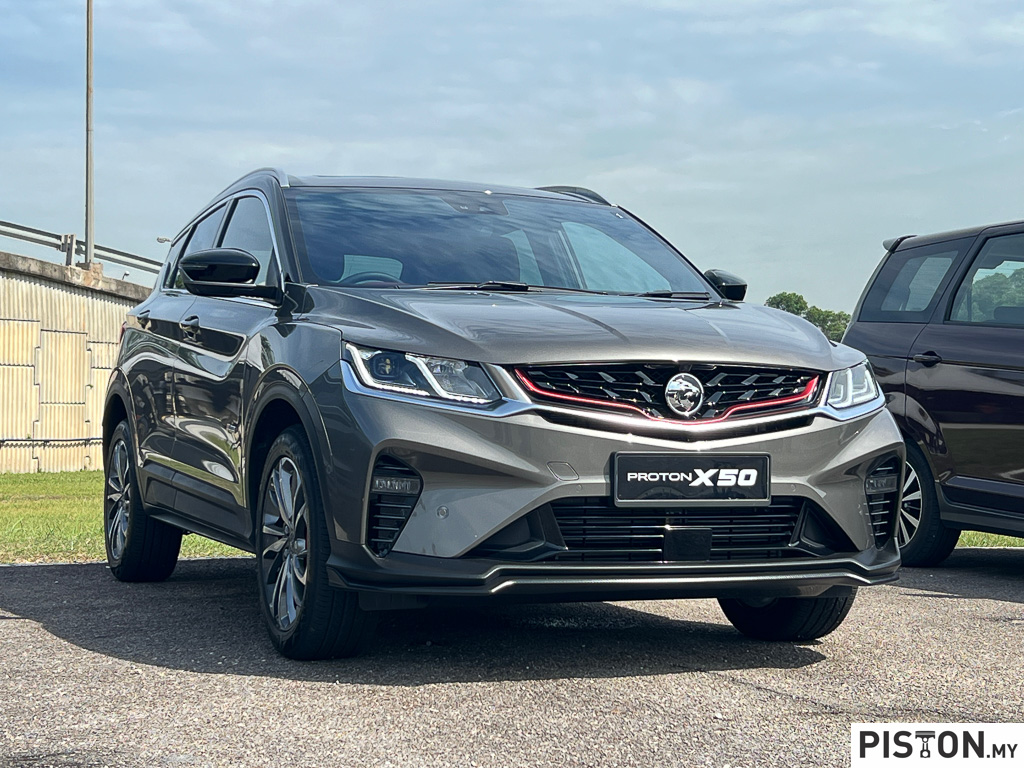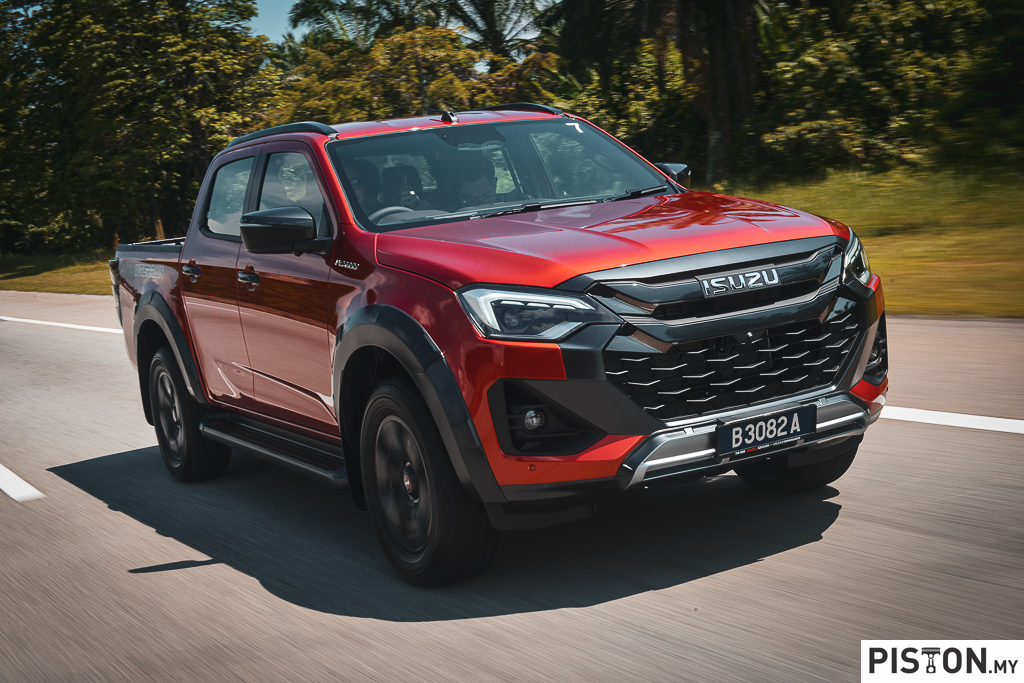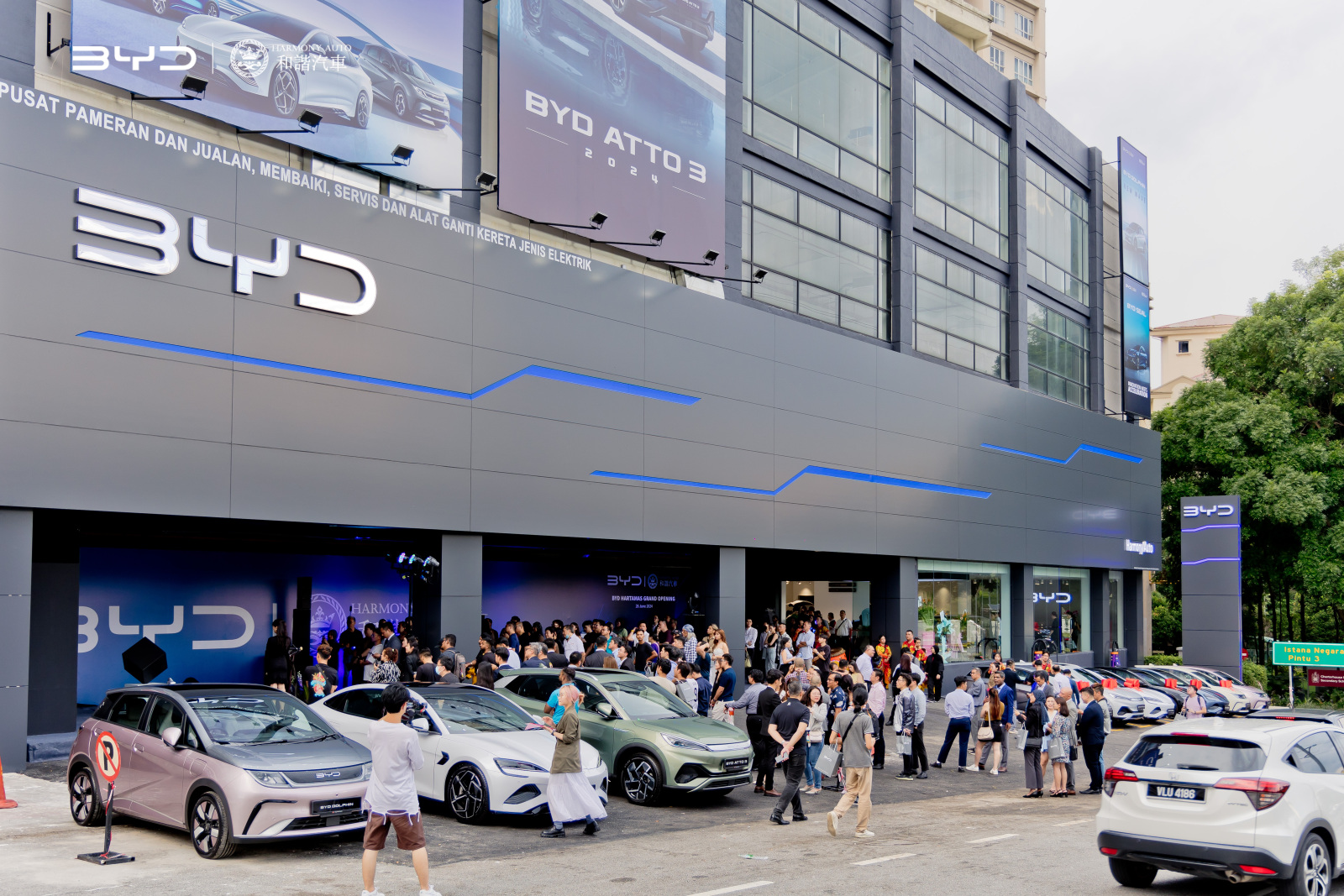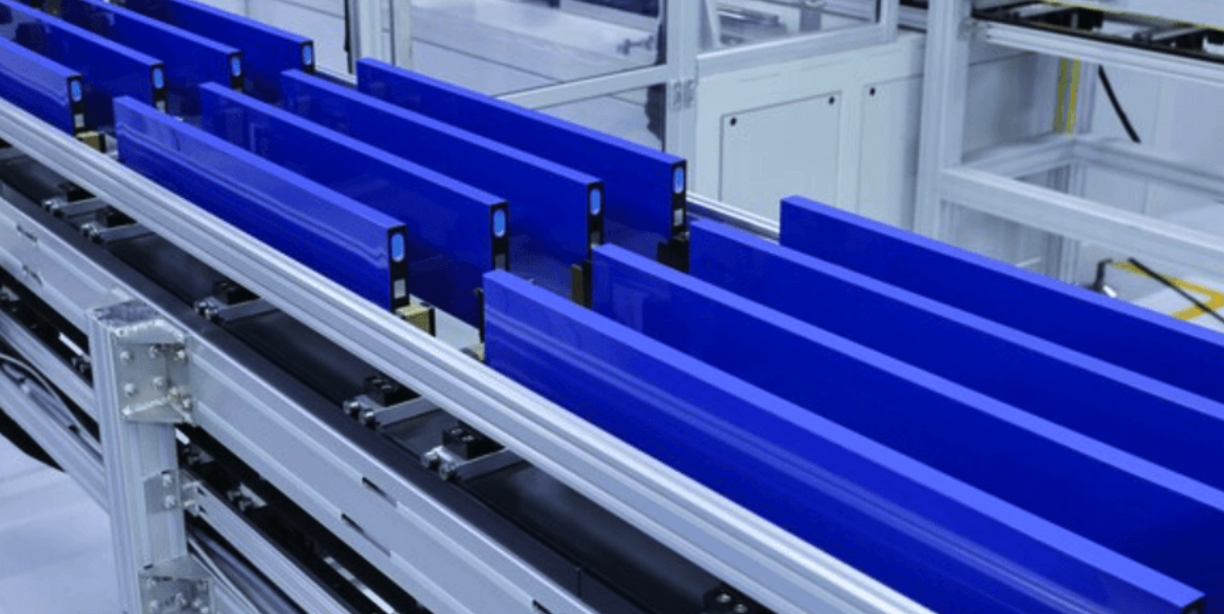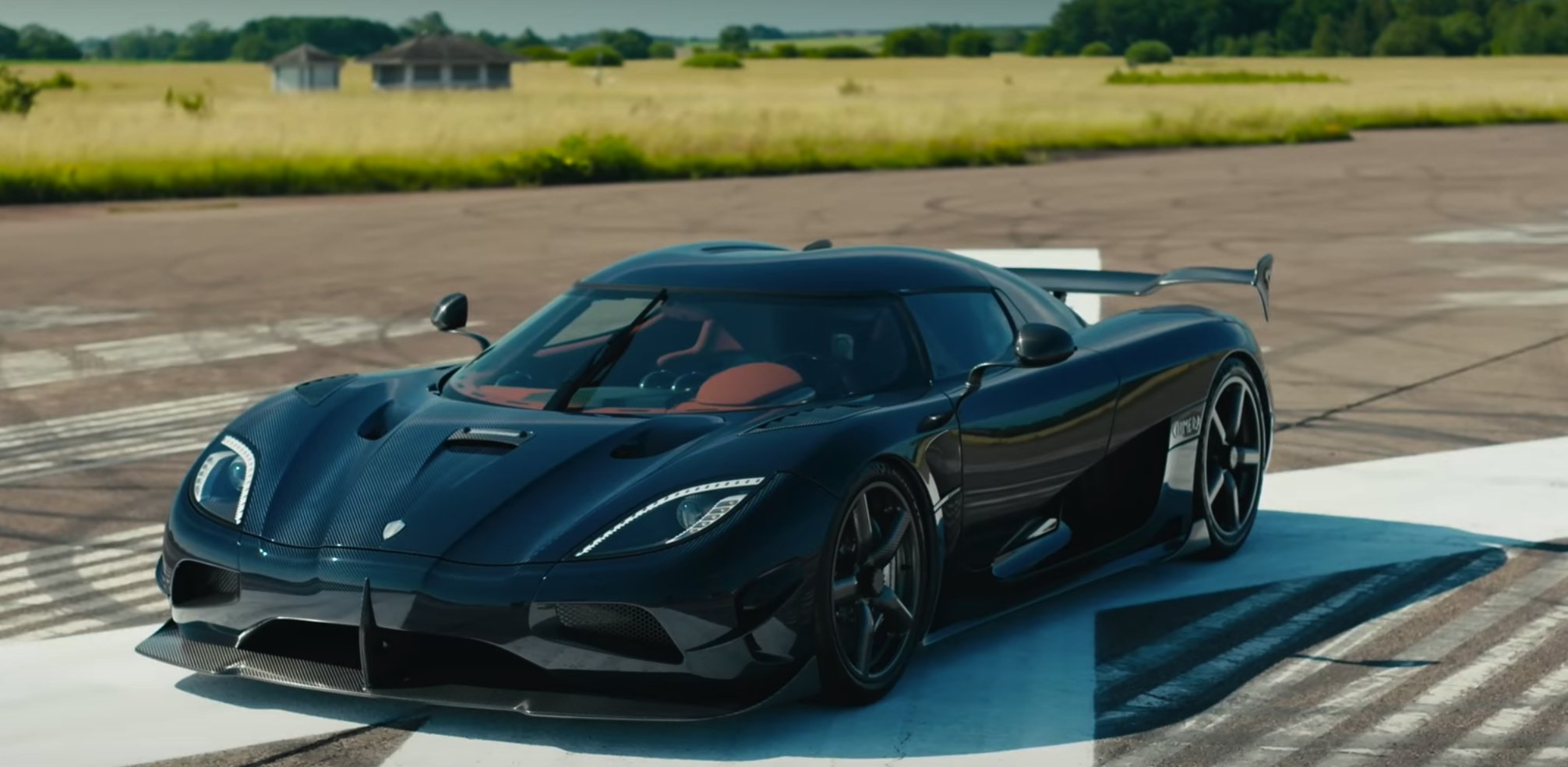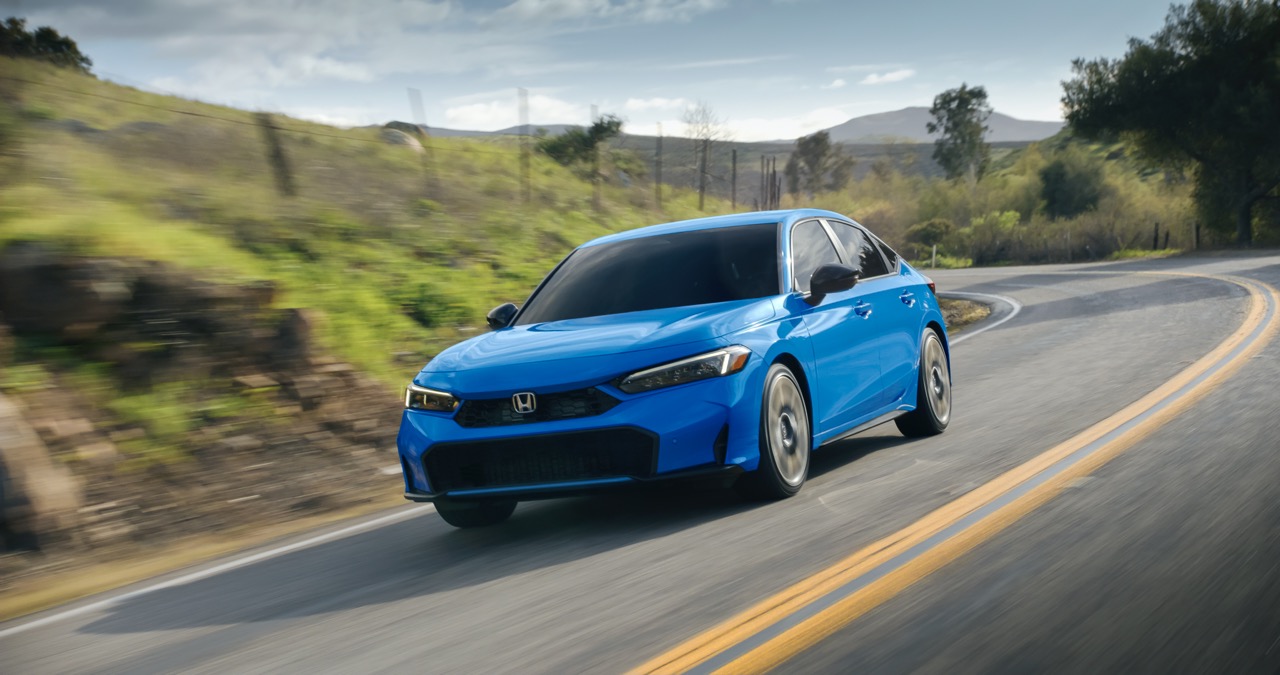Heritage is an important thing in the automotive business. It provides valuable marketing material for brands who leverage on the past to either show how far they have come or how long they have been doing it for, just to prove their credibility.
Big brands know this and also know how to use heritage to their benefit as well. Volvo milks its safety related heritage while Mercedes-Benz talks about how innovative it has been. Lexus likes to show how far they have come when it comes to building one of the most refined cars in the market while Rolls-Royce and Bentley can’t seem to stop talking about how long they have been in the business for.
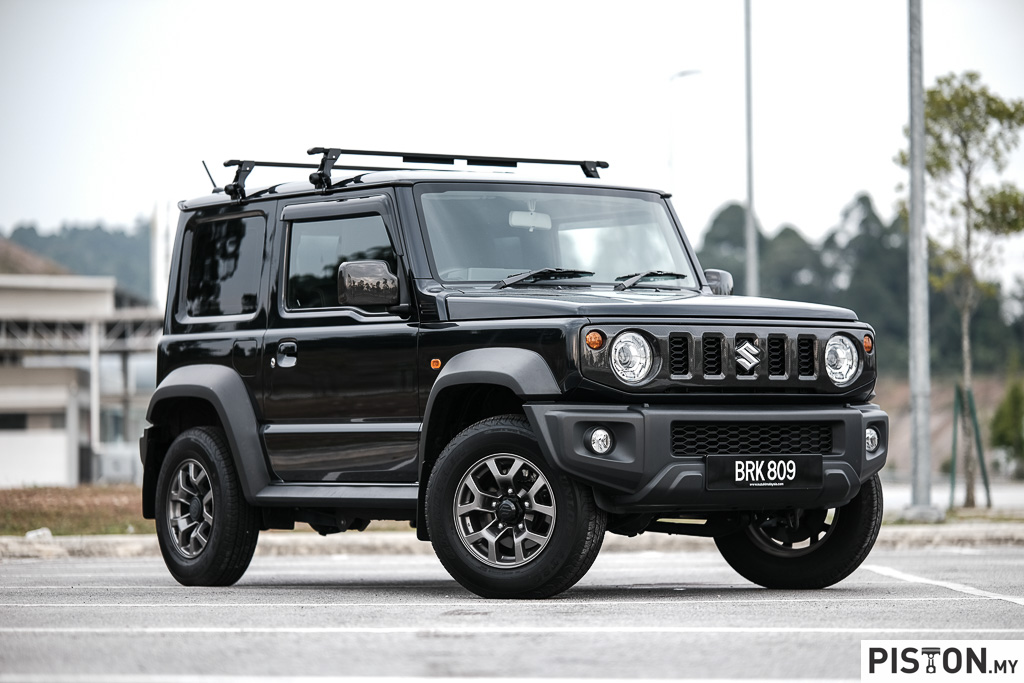
Then on the other hand of the spectrum of luxury and heritage, you have cars like the Suzuki Jimny, which has largely remained unchanged for the better part of 40 years.
Just like the shape of the iconic Volkswagen Beetle, the general silhouette of the Jimny too has been the same and unchanged over the years.
That same boxy design with thin tyres and a spare mounted at the back on the third door, a feature that has persevered since the original was introduced in 1970s. The interior remains small with barely enough room for three adults and their luggage.
Powering the little Jimny is a humble 1.5-litre, naturally-aspirated engine making 100hp and 130Nm of torque. Sending power to the wheels is a four-speed gearbox, which can only be described as ancient when compared to the multi-ratio gearboxes in similarly priced pick-up trucks.
It is also a part-time four-wheel-drive machine, but you need to work the lever of the low range transfer case to select four-wheel-drive (four high or four low) or two-wheel-drive. That is something this writer has not had to do since the 90s when I almost showed an Isuzu Invader the bottom of a mining pool.
There is not much in terms of comfort inside the Jimny either. Because the interior is small, you sit shoulder-to-shoulder with adult passengers. The rear seats are only good for kids, pets, luggage or groceries.
The audio system too seems like it is stuck in the 80s, and it takes a very brave development team to introduce a car with only two-speakers in the 2020s.
But all is not lost for the Jimny, it may seem like a lost cause on paper, but in reality, it is an incredibly charming car to own and to drive. And despite the odds being so obviously stacked against it, I used to look forward to driving the car.
So what makes it so charming then? The design for one is a blast from the past. In a time and age when car makers talk about co-efficiency of drag and how their aerodynamically slippery cars help to increase the range of their cars, the Jimny is a brick in your rear view mirror.
The Jimny does not care about conforming but at the same time, it does try. The lights for one are LED’s which is quite modern for a car that seems to be stuck in the 90s.
There is also cruise control, a seven-inch touch enabled infotainment system complete with Bluetooth, wired Apple CarPlay and Android Auto.
But that is as far as it goes, you don’t even get reverse sensors. You do however get a reverse camera that looks like it has been installed at an accessories shop that prioritises revenue over customer satisfaction.
But driving the Jimny is a true occasion, and a big part of its charm. As soon as you step behind the wheel, you will notice how far the windscreen is placed away from the driver and front passenger.
The near 90-degree rake of the A-pillars too are not something you see very often, well, probably in a Mercedes-Benz G-Class or a Jeep Wrangler. This is an essential element for the classic, squarish, jeep design.
Starting the Jimny is a very traditional sequence. You have to first reach into your pocket to search for that all important key, prod it into the key slot and twist it. A sequence that is almost alien these days, and something that modern drivers don’t have to do anymore unless they have an old-ish car at home. I for one, can’t remember the last time I started a car that was made in the 2020s, with a physical key.
On the move the Jimny again shows that it still has its heart stuck in the old days. The steering wheel is powered but not electronically. Instead the steering rack is made up of an old-school high-geared recirculating ball configuration, and that means that you have to turn the steering wheel more than usual to take on simple turns.
That makes it feel like you have to work the steering harder than what you usually would in a modern day car. Newer, younger drivers may not like the steering feel of the Jimny. For the uninitiated, it may feel like there is something wrong with the steering, but those who have driven older cars will recognise the feel, and perhaps even love it.
The ladder frame chassis of the Jimny further adds to its character. It too adds to the old school feel and those who have driven the early day pick-up trucks which had stiff suspension that jiggled the car (and its occupants) at every given chance and provided for sloppy handling will find the Jimny to be the same as well.
The ride and handling quality of the of the Jimny is typical of olden day cars. It is comfortable when you are driving around town or on kampung roads, but as soon as you try to push it, that is where it starts to feel .. scary.
The tall centre of gravity, softish suspension and lack of steering feel can make tackling corners a rather dauting task. I also found it difficult to lay my trust in the skinny 195/80/R15 tyres, especially in the wet. With such numb steering feel that is typical of 90s off-roaders, I didn’t think I would feel the Jimny breaking grip fast enough to correct it. So I had to tune my driving style to match the character of the Jimny, and that is where I truly fell in love with it.
To appreciate the Jimny, you have to slow things down a couple of notches. It has a top speed of 140km/h but it is at its best between 100-110km/h.
In town, you learn to take it slow but you can easily keep up with traffic. It’s tall ride height provides for an excellent vantage point of everything around you and its small size and short wheelbase makes it easy to park just about anywhere. It also does not take much space on the road, which allows you to weave through traffic just like you could in a Myvi or in an Axia.
The Jimny, despite feeling like it is stuck in the 90s, is a refreshing prospect in a world dominated by EV’s and advanced tech. It reminds me of how life once was and that it is absolutely okay to slow down and turn things down a couple of notches.
And despite staying true to its roots, the modern Jimny comes with safety features such as ISOFIX mounts, side impact door beams, ABS brakes, Electronic Stability Program, LSD, Hill Hold, Hill Descent Control and dual airbags.
It is undoubtedly a charming car to drive and to go about your daily business in. The only downside to it is its price.
The model you see here is called the Jimny Black Edition. It differentiates itself from the standard model with a multi roof rack, carbon fibre finish on many of the interior and exterior panels, it also has dual-tone Nappa leather seats, tinted glass and blacked out elements inside and outside the car.
The Suzuki Jimny Black Edition sits second in the local line-up of four variants and is priced at RM171,900. The base model on the other hand will set you back RM158,900 but you lose out on a number of things and you get fabric seats. The top of the line model is called the Rhino and it is priced at RM174,900 and you get more features like a differential box guard and a Suzuki Heritage grille.
You could turn to the parallel-import market but the price is not much different and you lose out on the official three year of 100,000km warranty.
That is why you see a number of Jimny’s on the road but particularly in upmarket areas like Damansara and Bangsar. The rich folk seemingly don’t mind forking out for the Jimny, and that is also why it is Suzuki Malaysia’s best-selling model. It may not be perfect, but it is an expensive toy, though an extremely fun one.
Specifications:
Engine: 1.5-litre with Variable Valve Timing
Power: 100hp@6000rpm
Torque: 130Nm@4000rpm
Transmission: 4-speed auto
Suspension: 3 link rigid axle with coil spring
Price (as tested): RM171,900
We like: Character, convenience
We don’t like: Two-speaker sound system, no keyless entry and push start button



